The Last Neanderthal – Pierangelo Pirak (2016)
Neandertals form a curious part of Human heritage. Fossil and genetic evidence suggest that the two Human populations split sometime between 400,000 to 800,000 years ago. Neandertals went extinct 30,000 years ago. For decades, the general impression about the Neandertals were as brutish, primitive beings. However the more we investigate the more we learn and become intrigued about these master ice age survivors. The director Pierangelo Pirak’s documentary is a concatenation of multiple short episodes exploring issues such as what […]

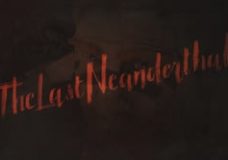

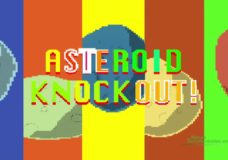
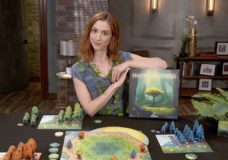
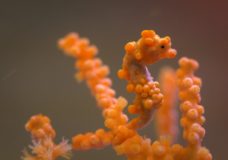
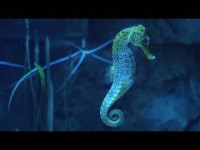
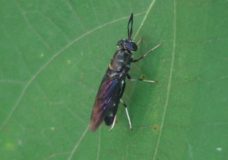
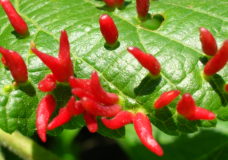
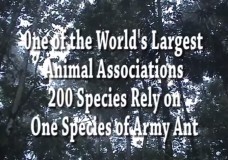
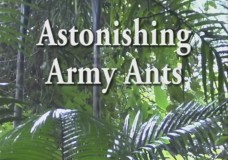
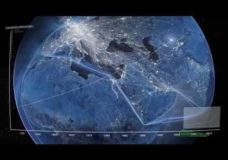


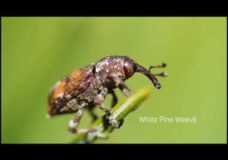


Recent Comments